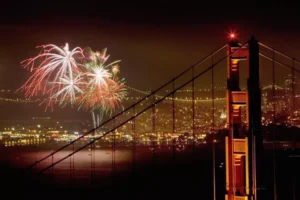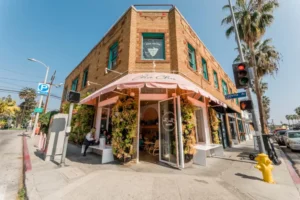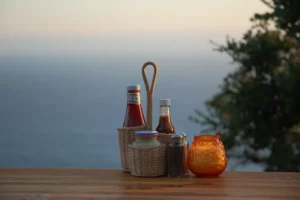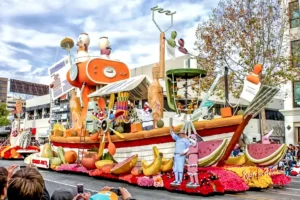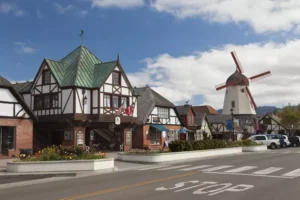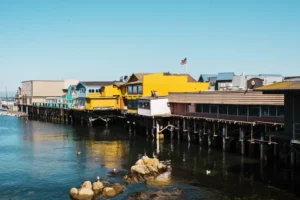
Top Activities for Your Half Moon Bay Getaway
You can guess the shape of Half Moon Bay from its name—a crescent-shaped piece of California coast with a nice little town in the middle. It’s more laid back than its southern counterpart, Santa Cruz, with a quiet ambiance and a rural feel. Moreover, Half Moon Bay is popular among families, outdoor enthusiasts, and locals enjoying a pleasant day’s drive. Additionally, it provides excellent opportunities for wine and food lovers.
Read More 





